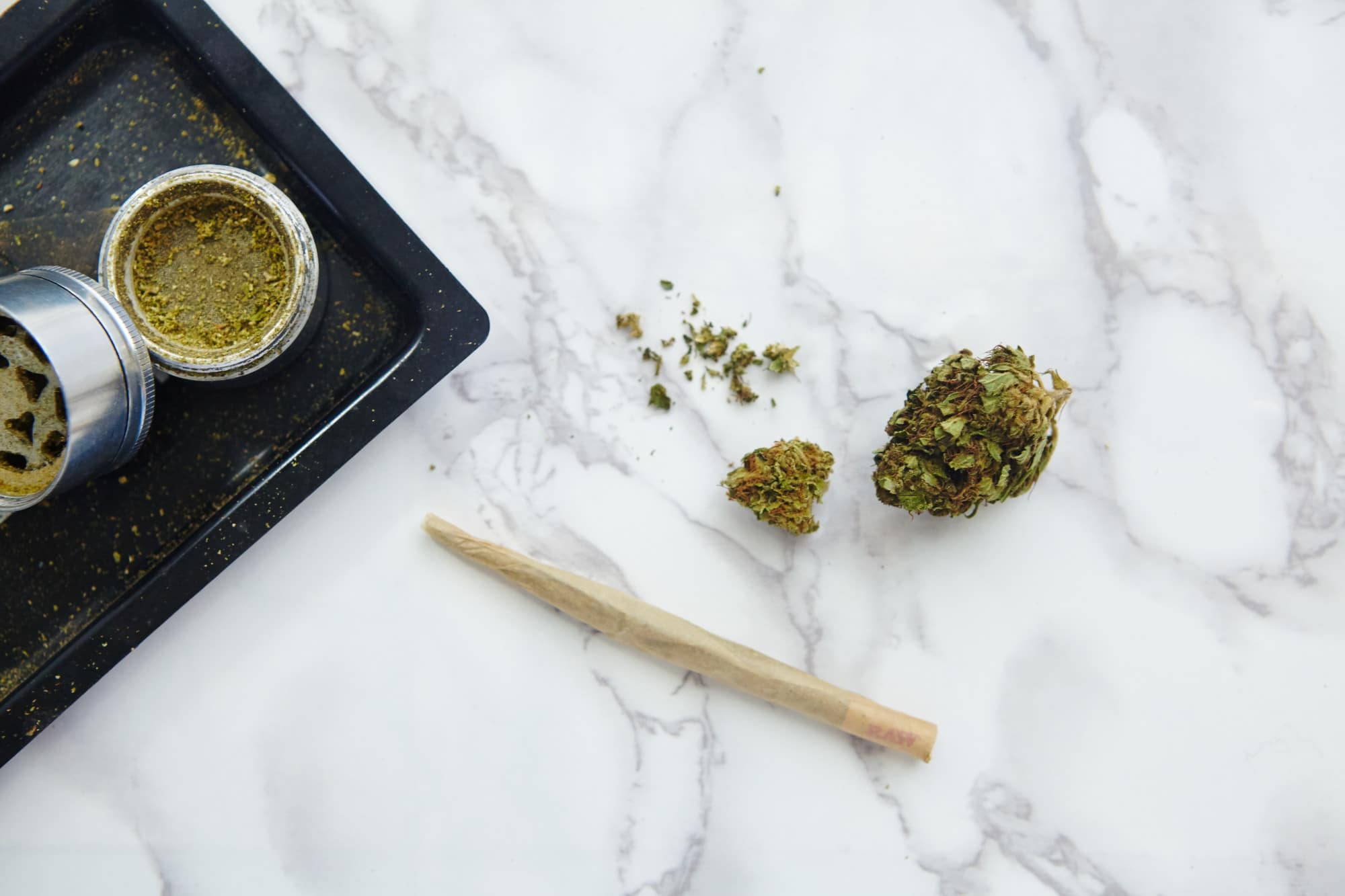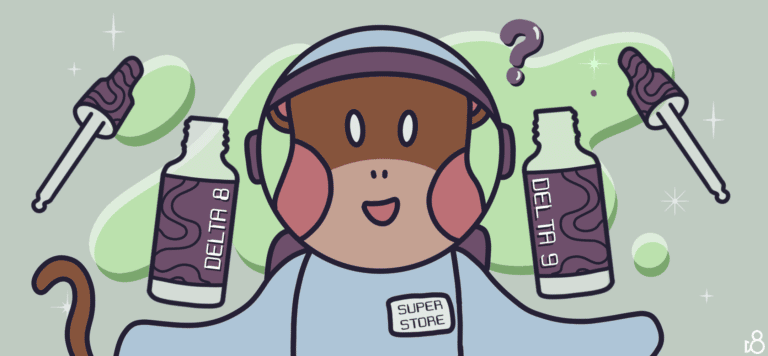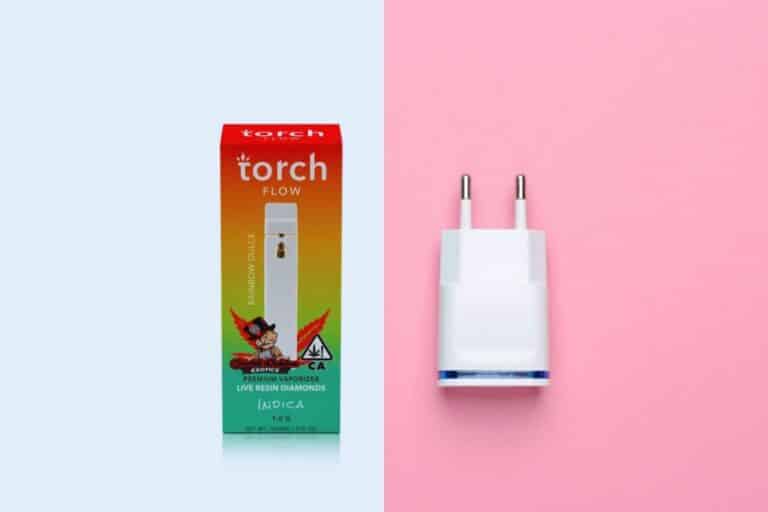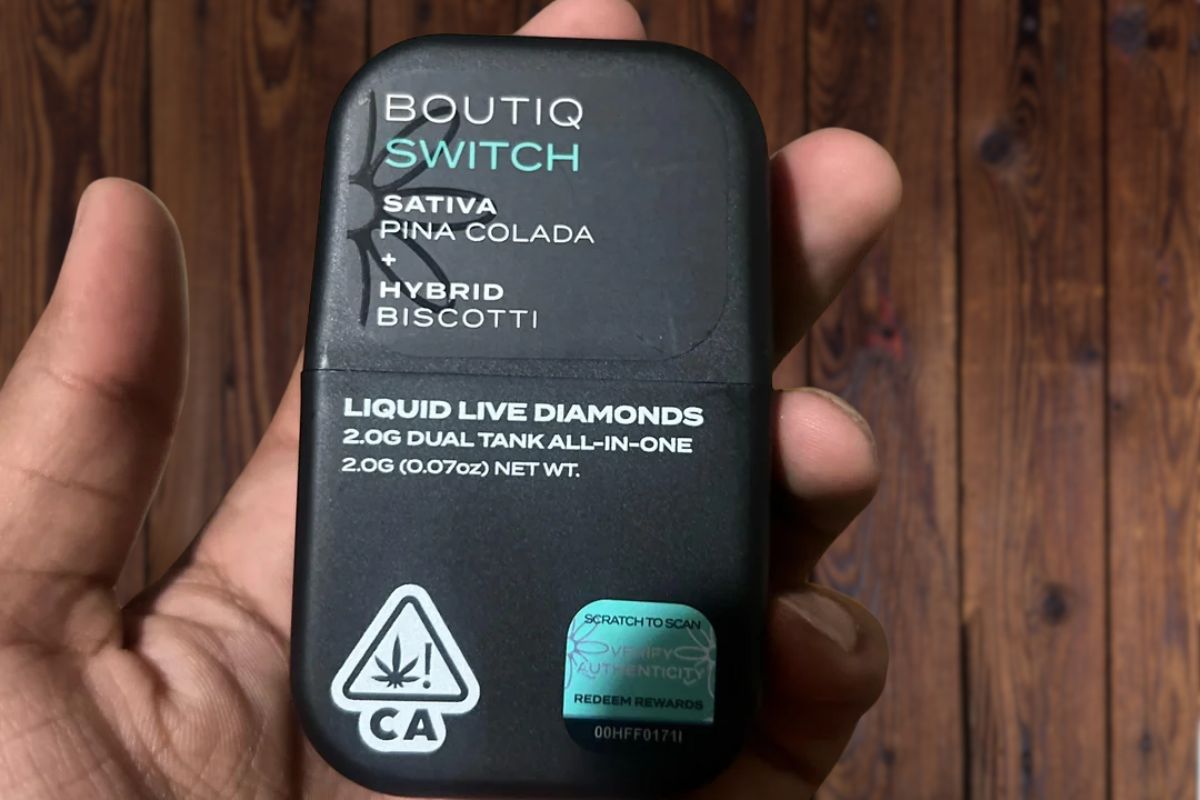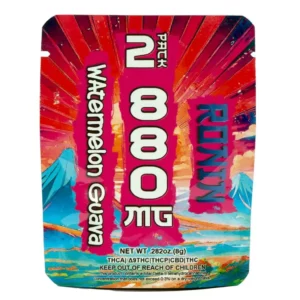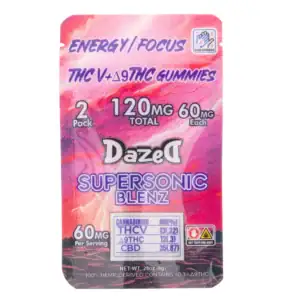How Many Hits to Get High: Understanding Dosage and Effects
Curious about the magic behind a fantastic high? Say hello to THC, the superstar in your marijuana that sparks the good times. Hold up, though – nailing the perfect high is more like art than science. Your tolerance, the strength of your weed, and how you partake play big roles. Puffing sends THC racing from your lungs to your bloodstream, bringing on the bliss pronto. Stick with us to uncover why your buzz can swing from laid-back to supercharged. It’s a wild ride you won’t want to miss, packed with insider tips and facts that’ll amp up your experience.
- Understanding Cannabis and Its Effects
- Analyzing Consumption Metrics
- Frequently Asked Questions
- What factors influence the number of doses needed to achieve a euphoric state?
- How does tolerance level affect the quantity of a substance required for intoxication?
- Can the method of administration alter the potency of a substance’s effects?
- What is the difference in potency between various substances commonly associated with use for recreational purposes?
- How does body weight and metabolism play a role in the onset of substance effects?
- Are there general guidelines or averages for dosing to reach a state of euphoria with common recreational substances?
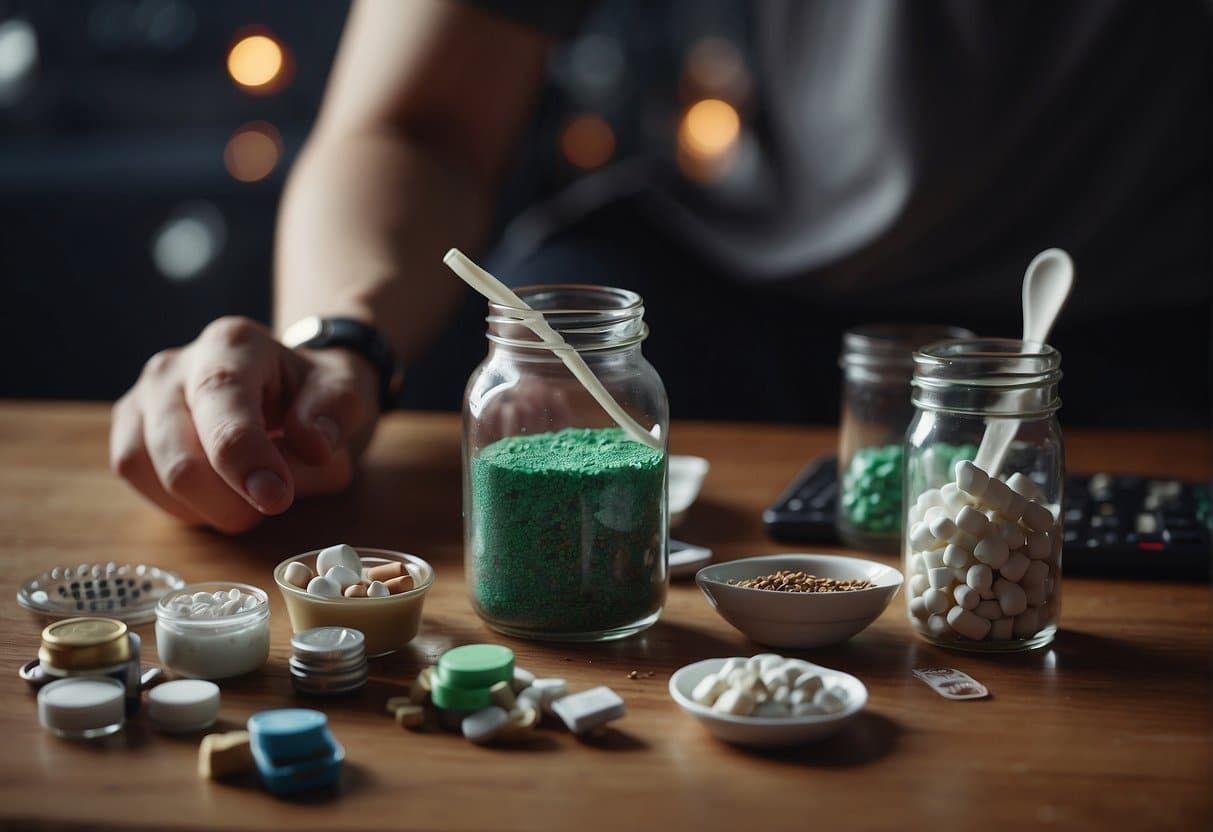
The term ‘hit’ refers to an inhalation or dose of cannabis smoke or vapor. The psychoactive effects you experience from these hits can range from mild to intense and are often subjective. Some individuals may feel the impact of THC with just one or a few hits, especially if they are new to using cannabis or if the strain is particularly potent. However, seasoned users with higher tolerance may need more hits to achieve the same level of intoxication.
It’s essential to approach cannabis use responsibly. If you’re unsure of your tolerance or the strength of your cannabis, it’s wise to start with a small amount and wait to assess the effects before taking more. Being cautious will help you avoid overconsumption and ensure a safer and more enjoyable experience with THC’s psychoactive effects.
Understanding Cannabis and Its Effects
Discover how the complex compounds in cannabis interact with your body, and the various factors that determine how high you might get from consuming it.
Cannabinoids and the Endocannabinoid System
Cannabis contains compounds called cannabinoids, with CBD (cannabidiol) and THC (tetrahydrocannabinol) being the most prominent. Your body’s endocannabinoid system is equipped with receptors that interact with these cannabinoids, influencing various physiological processes.
THC and Its Psychoactive Properties
THC, or delta-9-tetrahydrocannabinol, is responsible for the characteristic psychoactive effects of cannabis. When you consume products high in THC, it typically creates a sense of euphoria by affecting the release of dopamine in your brain.
Different Methods of Cannabis Consumption
You can consume cannabis in several ways, including:
- Smoking: Using a joint, pipe, or bong.
- Vaping: Heating cannabis just below combustion.
- Edibles: Ingesting cannabis-infused food.
- Tinctures: Sublingual delivery through drops.
Each method involves a different onset time for feeling high.
Cannabis Strains and Potency
Cannabis strains come in three general categories:
- Indica: Typically associated with relaxing effects.
- Sativa: Often linked with more energizing effects.
- Hybrid: A combination of both indica and sativa traits.
The THC potency and the presence of other compounds like terpenes can alter the intensity and type of high.
Factors That Influence Cannabis Intake
Several factors affect how much cannabis it takes to get high, this includes:
- Personal tolerance levels.
- Previous cannabis usage.
- Biological differences, like metabolic rate and body mass.
Be mindful of these when visiting a dispensary and speak with the budtender for advice tailored to your experience.
Medical Versus Recreational Use
Medical marijuana often has a different cannabinoid profile than those used for recreational purposes, with an emphasis on compounds like CBD, which doesn’t produce a high. However, some conditions may require the psychoactive effects of THC, which are available in varying concentrations at dispensaries, whether for medicinal or recreational use.
Analyzing Consumption Metrics

When aiming to understand how many hits you might need to achieve a high from cannabis, there are several key factors to consider such as THC tolerance, frequency of use, and the type of product consumed.
Measuring THC Dosage and Tolerance
THC dosage is commonly measured in milligrams, and the tolerance level you have can significantly affect how many hits it takes to get high. If you’re new to smoking weed, your tolerance is likely lower, meaning you might feel effects with fewer hits.
The Impact of Consumption Frequency and Amount
Frequent use can lead to a higher tolerance, requiring more substantial amounts, or more hits from a joint or vaporizer, to reach the same level of high.
Calculating the Number of Hits to Get High
The exact number of hits needed varies based on the THC concentration in the cannabis, the method of inhalation, and your individual metabolism. A bong might deliver a stronger dose per hit than a pipe or pre-rolled joint.
Effects of Cannabis on Body Functioning
Once THC enters your bloodstream through the lungs, it may promote relaxation, enhance appetite, and help with pain or chronic pain management. It can also affect memory, motor coordination, and emotions.
Side Effects and Safety Concerns
While cannabis is renowned for its possible therapeutic effects, it can also cause side effects like paranoia or hindered creativity. High doses may exacerbate these effects, so understanding your limits is crucial.
Legal Aspects and Regulation
Navigating the legal landscape is essential since cannabis laws vary widely. Purchase from a licensed dispensary to ensure you consume legally and safely.
Understanding Product Types
Edibles, cannabis oil, and dabs from a dab rig offer different experiences than smoking buds. Edibles take longer to hit as they’re processed through your digestive system before reaching the bloodstream.
Guidance on Responsible Use
Start with low doses and go slow, especially with methods like vape pens or dab rigs that may deliver high levels of THC per hit. Always use responsibly and be mindful of your body weight and metabolic rate to avoid overconsumption.
Frequently Asked Questions
When exploring the intricacies of achieving a euphoric state through substance use, it’s essential to understand how various factors influence dosage and effects. These factors include individual physiology, tolerance, mode of administration, and the substance’s inherent potency.
What factors influence the number of doses needed to achieve a euphoric state?
Your body’s reaction to a substance can vary due to factors like genetics, health conditions, and even emotional state. Substances affect individuals differently, making the path to euphoria highly personalized.
How does tolerance level affect the quantity of a substance required for intoxication?
As you develop tolerance, the brain and body become less sensitive to a substance’s effects, necessitating higher doses to reach the initial level of euphoria experienced.
Can the method of administration alter the potency of a substance’s effects?
Yes, the method of administration—such as inhalation, ingestion, or injection—can significantly impact the intensity and onset of the substance’s effects, altering the amount needed for a euphoric state.
What is the difference in potency between various substances commonly associated with use for recreational purposes?
Different substances have varying potency levels. For instance, the potency of THC in marijuana can influence how much is needed to get high compared to other substances like alcohol or opioids.
How does body weight and metabolism play a role in the onset of substance effects?
Your body weight and metabolic rate determine how quickly a substance is processed and eliminated from your body, influencing both the dosage required and the duration of the euphoric effects.
Are there general guidelines or averages for dosing to reach a state of euphoria with common recreational substances?
While general guidelines exist, such as standard drink units for alcohol, the dosage for a state of euphoria can vary widely among individuals and substances, underscoring the importance of understanding your own responses and limits.’
Featured image by: Image by wirestock on Freepik

